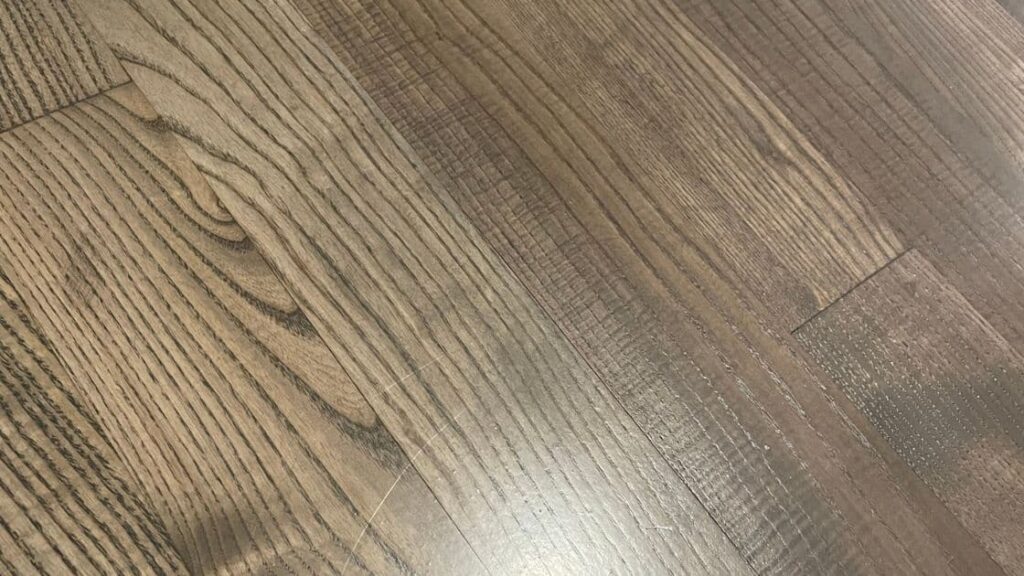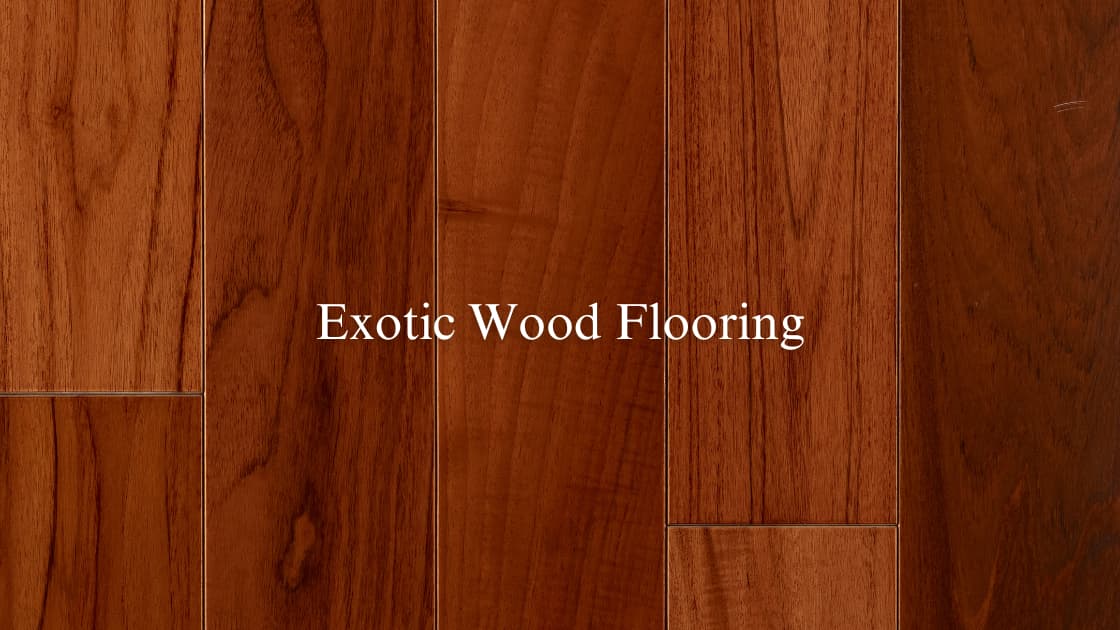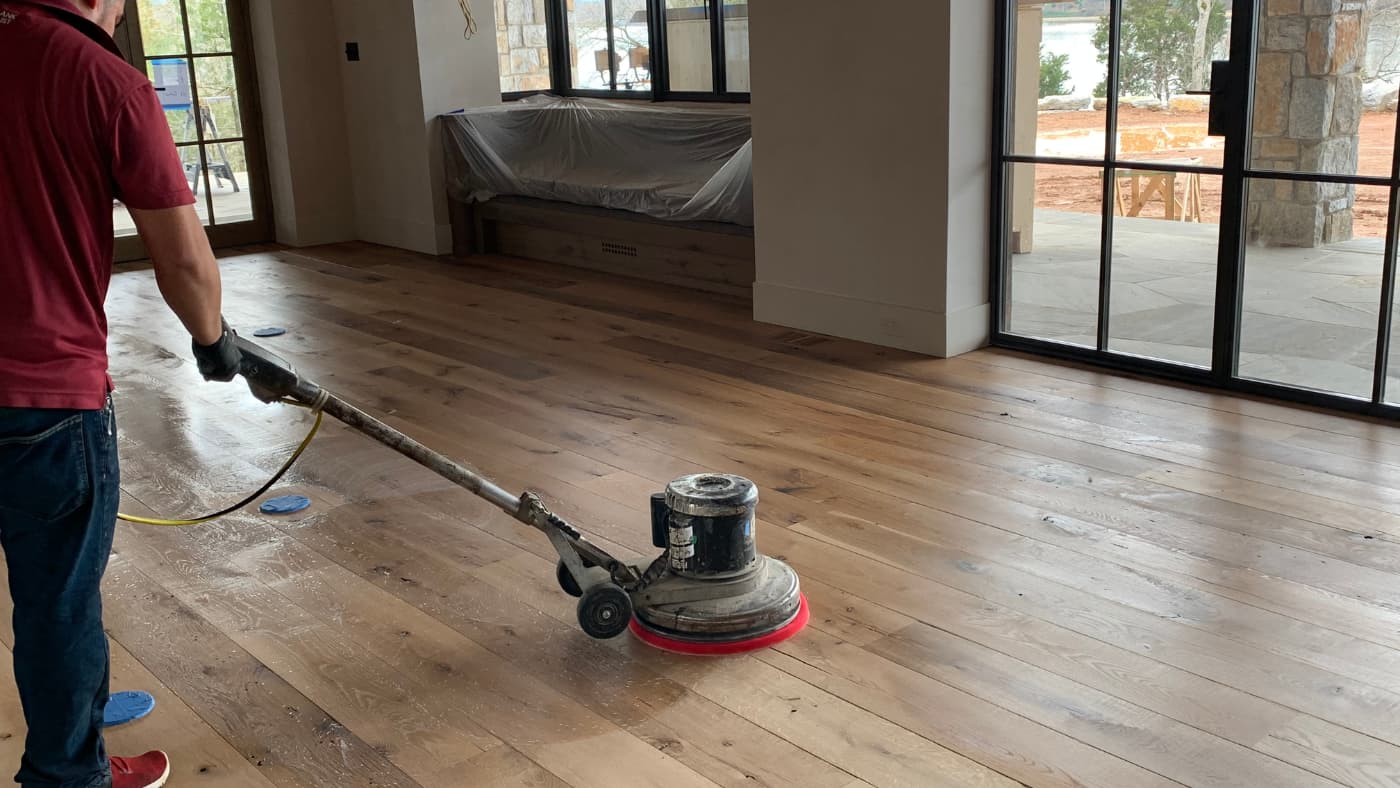Featured Species: Ash
Ash is a beautiful addition to any home or business. It has a gorgeous grain pattern that many describe as “swirling,” which you can see in the image below.
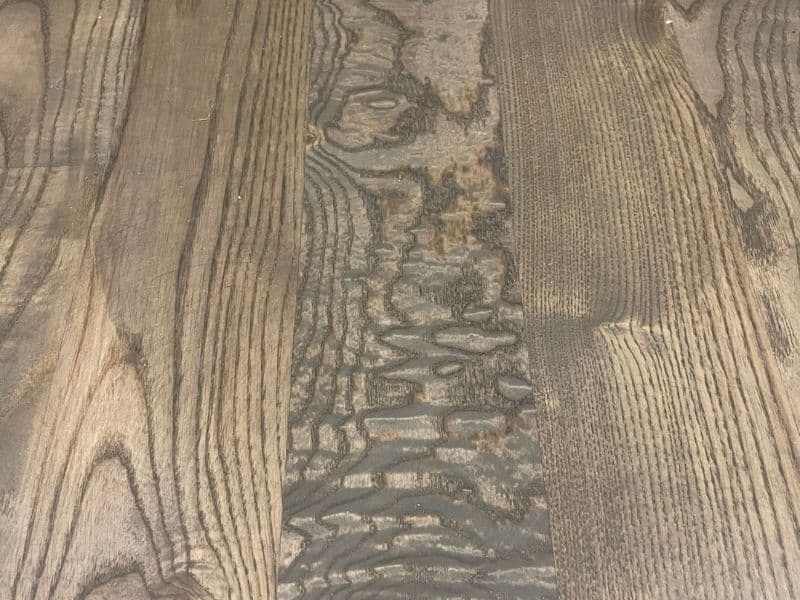

When it comes to durability, it is similar to red oak flooring, but it is slightly more durable due to its Janka rating of 1320. If you remember from some of our previous blogs, Red Oak has a Janka rating of 1290. Compared to white oak, which is one of our most popular installs this year, Ash is slightly less durable. Although, it has a natural elasticity, which makes the wood more shock resistant than some other species. If you are curious about the hardness and durability of different wood species, take a look at our blog post, “The Janka Scale.” You can see how each species compares to the others, starting with the softest Balsa wood to the hardest Australian Buloke.
Unstained Ash naturally has a lighter color ranging from almost white to cool blonde. However, depending on the cut, you can get a breathtaking contrast within the boards because the heartwood is a rich dark brown. If you are looking for that contrast and for the grain patterns to pop, we recommend that you find boards that have been Live Sawn.
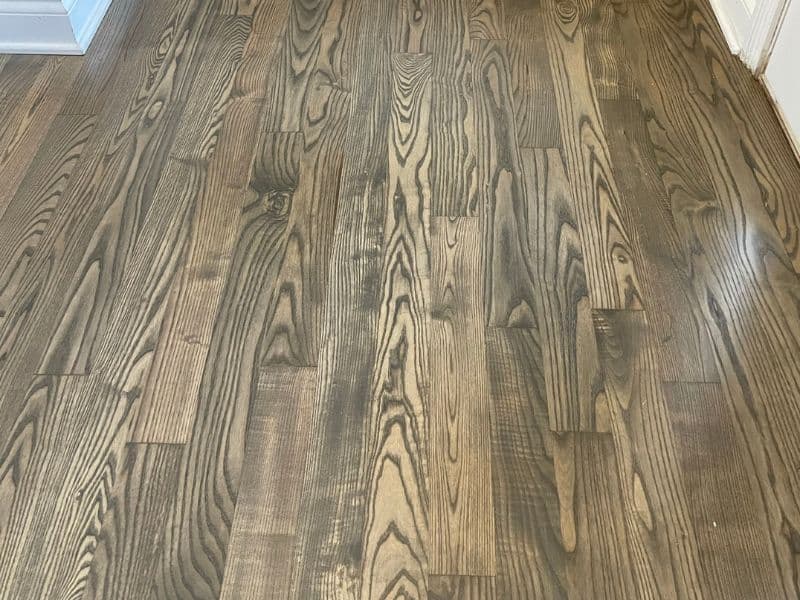

Of course, you don’t have to stick to the natural coloration of the wood. Because Ash has fewer tannins in the wood compared to some other species, it is one of the easiest to stain. This means that your options for colors are really unlimited. If you want the natural lighter color, which is excellent for a more contemporary look and feel, you can use European Oil to preserve that lighter color. European Oil maintains the natural look and feel of the wood. There is even a specific type of oil that makes the wood lighter if you want to go for an almost white floor. Of course, if you want other colors like grey, honey, or dark brown, you also have that option.
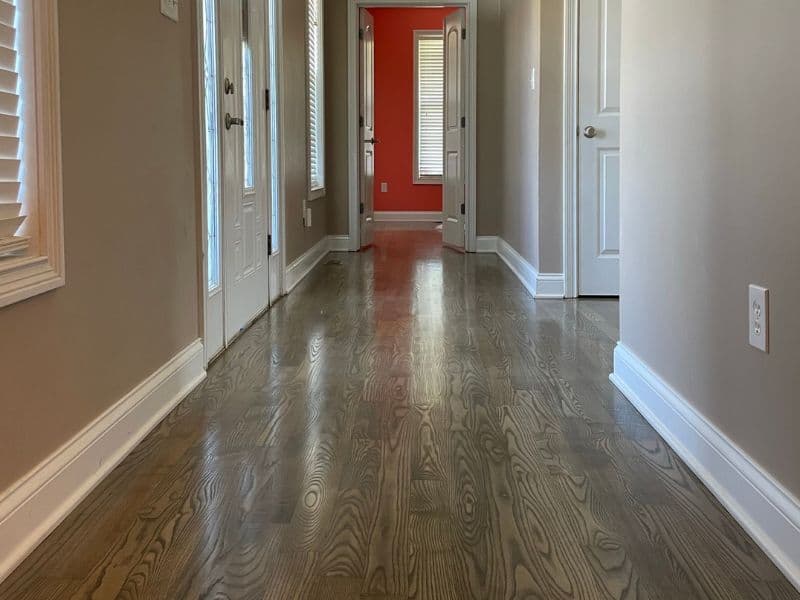

One benefit of opting for maintaining the natural light color of Ash is that lighter-colored floors tend to hide dust and dirt more easily.
Unfortunately, Ash trees are being attacked by the Emerald Ash Borer insect, which is quickly diminishing the Ash tree population. It is predicted that in a few years, Ash trees will be extremely rare. Even now, many of the wood planks are shorter because Ash trees in managed forests have to be harvested earlier so that they are not destroyed by the Emerald Ash Borer. Hopefully, scientists can find a way to prevent these insects from causing permanent damage to this beautiful species.
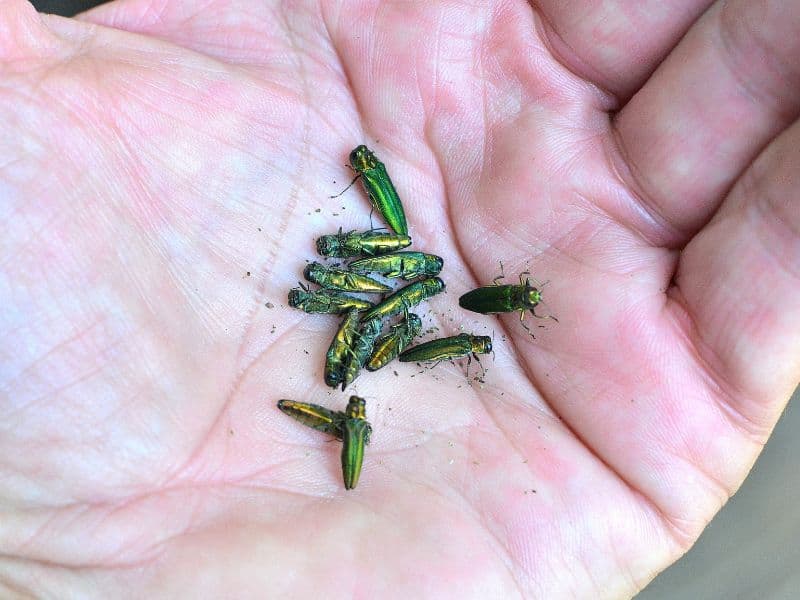

In the meantime, this issue does affect the cost of Ash flooring, making it somewhat more expensive than other domestic options. One option you might consider is finding reclaimed ash flooring. Reclaimed wood is taken from older buildings and repurposed in a new home. By using reclaimed wood, you are contributing to the environmental efforts of those protecting and attempting to restore Ash forests. If you want to read more about reclaimed wood flooring, check out our blog, “Reclaimed Wood Floors.”
If you would like to learn more about Ash hardwood flooring or any other type of wood species, we would be happy to speak with you. Just give us a call or fill out the contact form on this page.

